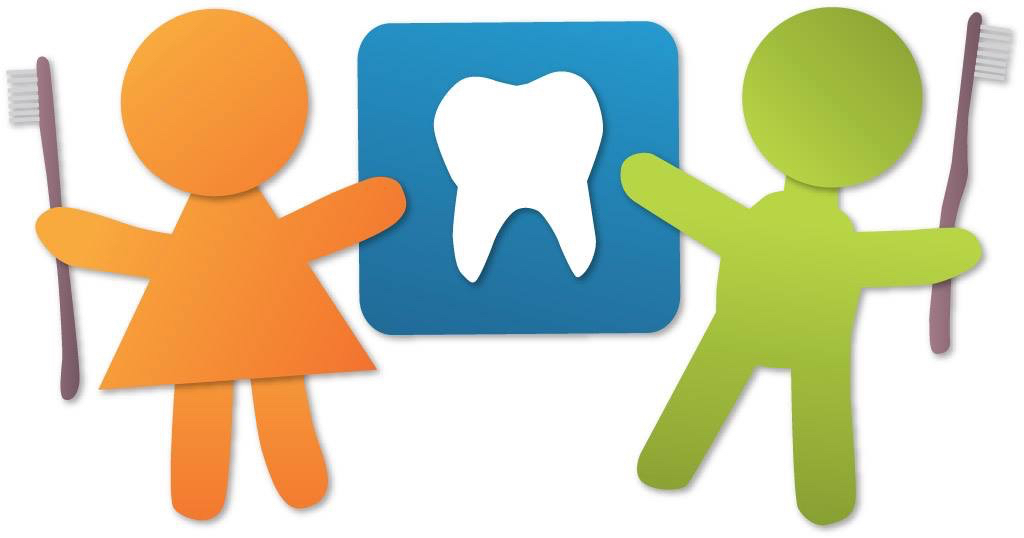After spacers - what to do?
Your child may feel uncomfortable with the new spacer for several days after it is placed in his/her mouth as it may irritate the tongue and gums. Eating and swallowing may also be difficult for a day or so until he/she becomes accustomed to it being in his/her mouth. This is normal and most children adjust to the spacer very quickly. A special dental adhesive is used to cement the spacer in place.
Our office will remove the spacer when the doctor has determined that it has served its function.
Please talk with your child about not playing with the spacer with his/her fingers, tongue, or anything else that can be put in his/her mouth. The spacer can be pulled off with his/her fingers, tongue, pens, kitchen utensils, sticky foods etc.
If the spacer comes off prematurely or is taken off, please be sure to save the spacer and call our office for an appointment to re-cement the spacer. Be sure to bring the spacer with you to the office! If the wire should break or the spacer should become loose, please contact our office immediately for an appointment to see if the spacer can be repaired or if it has to be replaced.
Most insurance companies do not pay for a replacement spacer.
The spacer is intended to stay in your child’s mouth until the new tooth starts to come through the gums. Bring your child to our office for evaluation of the spacer when you see the new tooth coming through the gums. Our staff will then determine whether it is time to remove the spacer. It is very important to return to the office for your child’s regular dental checkups so that we can evaluate the spacer and the development of the new teeth.
Doctor Wang, Doctor Perea-Corkish, Doctor Gerodias and the other Doctors of Discovery Pediatric Dentistry make no warranties, expressed or implied, as to any results to be obtained from use of the information on this page. We cannot diagnose or treat patients over the Internet. Information on this site is for educational purposes only. You should not rely on this information as a substitute for personal, medical, and/or dental attention or diagnosis. Without all available information about a patient, it is impossible to make a diagnosis. Help and answers are in the form of general ideas. Only you, your dentist, and other necessary and qualified health care providers can make an appropriate treatment decision in an emergency or for everyday care and dental treatment.

